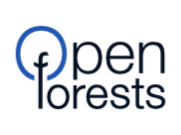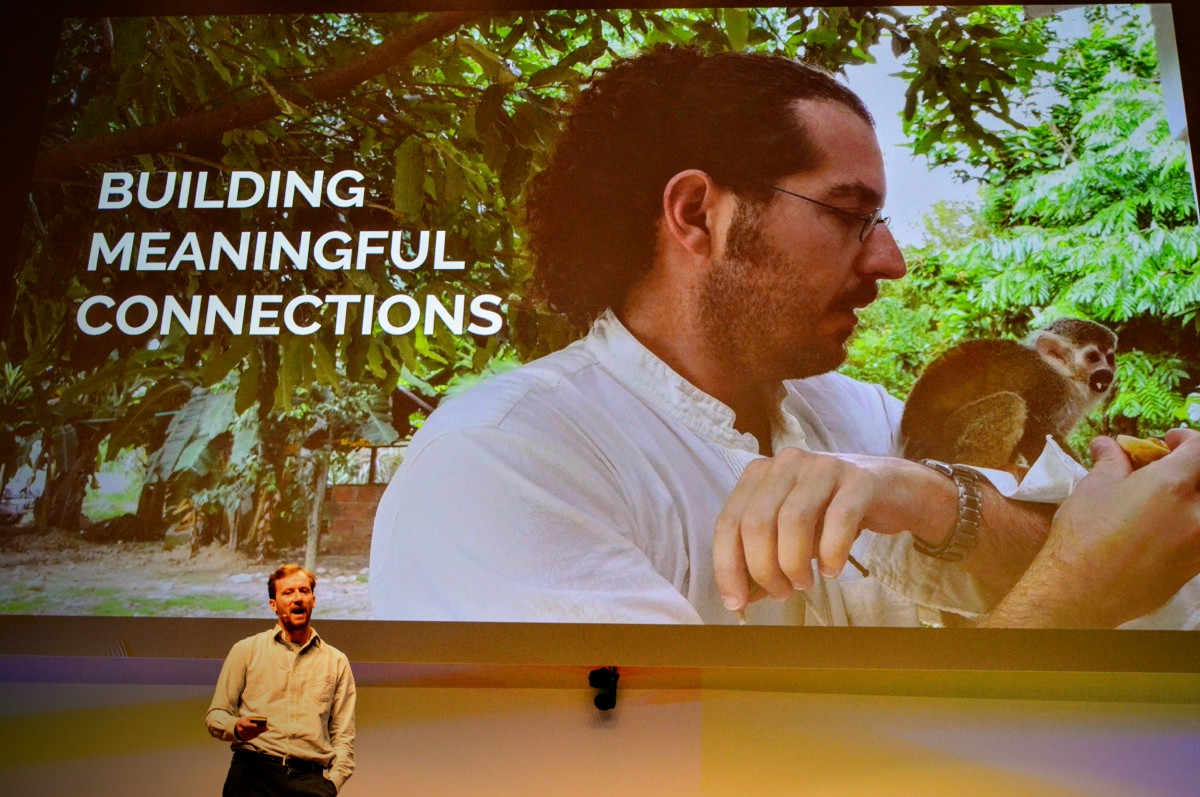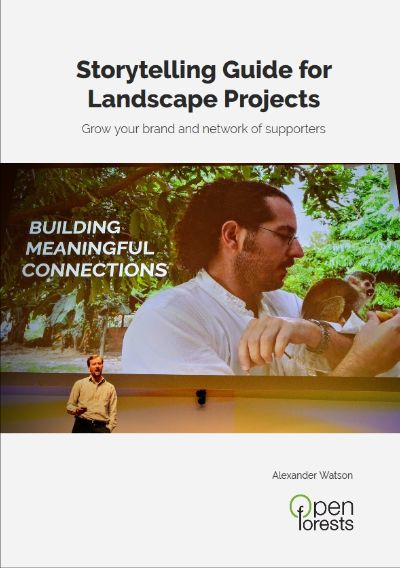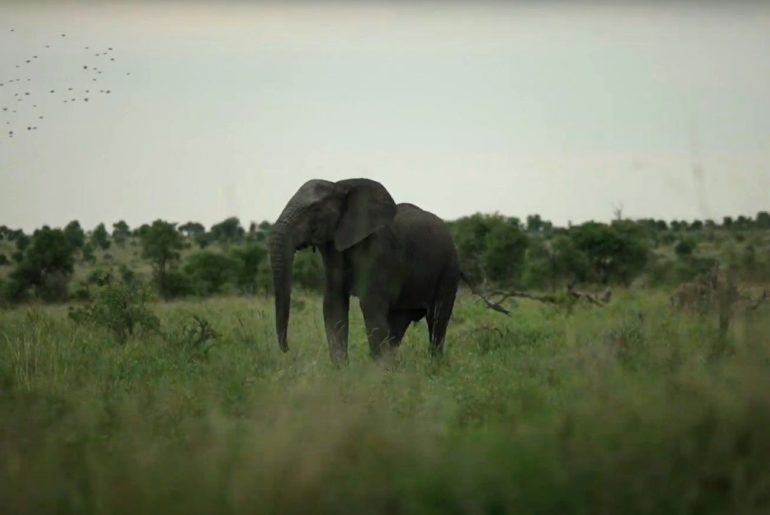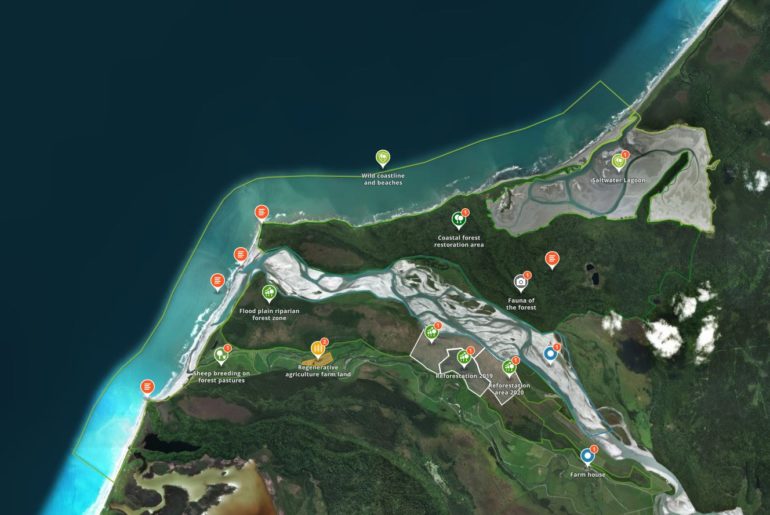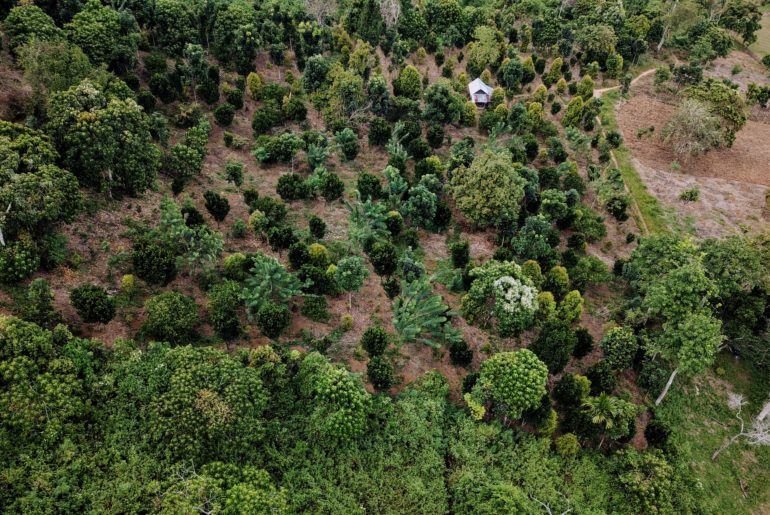Grow your brand and network of supporters.
Do not tell a story about your project. Tell a story through your project.
Successful landscape communicators do not tell stories about their projects. They tell the stories through their projects. They show the project work and achievements, and the impact on the lives of people, the beauty of nature.
Introduction
This is a preview to the full 57 pages “Storytelling Guide for Landscape Projects” you can download at the following link
Download free storytelling guide
Successful communicators of landscape projects do not tell stories about their projects. They tell the stories through their projects.
Every forest landscape project has a great story worth sharing with the world. And every organization can grow their following and impact.
With this storytelling guide, we want to inspire communicators of landscape projects to tell their story in a dynamic way, using maps, data, photos and imagery, video, timelines, biographies to name a few!
For more than eight years as an organization, OpenForests has supported forestry and conservation projects from around the world in mapping and documenting their forest information. The information is used by the projects to enable better project management and foster greater transparency around progress and impact.
For this, we provide mobile apps, drones, satellite imagery, and build web-based Forest Information Systems and interactive map portals to record the project activities and progress. With these new methods of gathering and documenting information, we have assisted projects in presenting a true representation of their achievements and failures.
We realized that projects needed a more developed communication tool to enable them to transparently present their data, information, and, above all, their stories to a wide audience. To this end, we developed explorer.land.
Every project we have worked with has a unique story to tell. However, so many projects invest little effort in communicating it very well. Considering the power of storytelling and its potential for cultural change, it’s a pity that only a fraction of these wonderful and engaging project stories reach their audience. Or if they do, it is usually through a static PDF report delivered once a quarter. Landscape restoration projects, however, are far from static. They are dynamic by nature (literally!), and so too should their communication.
With this storytelling guide, we want to inspire communicators of landscape projects to tell their story in a more dynamic way, using maps, data, photos and imagery, video, timelines, biographies to name a few!
Every forest landscape project has a great story worth sharing with the world. And every organization can grow their following and impact.
Who is it for?
This guide is not for those looking for a fast track to success! It is a guide for those who are willing to make a considerable time investment to make a change.
If you are responsible for one of the following activities:
- Communication of project activities, e.g. stories about people, nature, the project successes, and failures, the real story;
- The conception of the communication strategies for your organization and landscape project;
- Caring for the relationships with stakeholders, donors, investors, buyers of forest products, and the public;
then this storytelling guide is for you!
What will you learn?
You will learn
- to do permission marketing instead of interrupting prospect clients;
- to focus on high-quality content and to find your own unique story;
- to use the right framing to make the change you want;
- to craft copy that speaks to all stakeholders, across many different groups, to get them on board to your vision of change;
- to understand how to bridge the distance between projects and supporters with the help of digital media;
- That successful communication requires you to be sensitive to the cultural codes of your audience;
- that it takes time and effort to build relationships, however, and that it is worth doing so;
- that most efficient marketing and communication have to be built around key personnel;
- that issuance of carbon credits, and achievements of certification standards alone, do not make a good story;
- what determines how your organization and project is perceived by the public;
- how transparency can become a competitive advantage;
- that active storytelling requires focus and commitment;
- how to create a dynamic story setting, allowing your audience to freely explore your project story;
- how interactive web maps can create context and connect story elements;
- what forms of digital media are available to support your story; and
- that storytelling has an ethical responsibility.
The purpose of this guide is to provide background information and inspiration that will help any communicator of landscape projects not only reach the right audience but enthrall and engage them.
Preview of three outstanding chapters
Permission instead of interrupting
Do not send communications without permission. Only send to those who have opted to receive information, news, and stories from you!
Instead of advertising through interruption, this guide is inspired by the permission marketing concept introduced in a book of the same name in 1999 by marketing expert Seth Godin. Seth outlined the history of marketing: from hand-selling (from person directly to another person), to mass marketing (billboards, newspaper ads, radio ads, TV ads, banner ads), to direct marketing (direct mail, coupons, spam), to finally permission marketing with email and social media and relevant information.
By just offering (not interrupting!) an exciting and authentic story, which people have the choice of listening to, you can build relations based on mutual interest. Strangers might like your story and find it rewarding to learn more. They start to follow you and may become friends, eventually turning into enthusiastic supporters and ambassadors of your project work.
You need to patiently build your following over time, with real stories, communicated in a consistent and exciting way. However, the benefits of permission-based marketing and storytelling are convincing:
- There is no advertising in the conventional way you have to pay for and no competition for advertising space.
- You are communicating with people who have asked you to send information. You have their permission!
- It’s not about short-term conversion rates, it is about long-term rewarding relations.
- You know your peers, and know what they are interested in.
- You communicate high-quality content and real stories which is authentic and exciting at the same time.
- If done well, your stories will be further distributed through sharing and word of mouth.
Take away:
- Do not interrupt people for getting their attention.
- Only send news and stories via email and social media to those valuable contacts who have expressly opted in to receive them from you.
- Get to know your audience, and create content for the audience you want to reach.
- Direct email is the most cost-effective (and valuable) marketing channel. Once someone has subscribed to your email list there is no additional cost to reach out and nurture the relationship.
Content that matters
Tell what you do, and do what you tell!
Landscape projects have many stories to tell. Find a story that conveys your goals and vision!
Project activities define the content
Do meaningful project work and communicate about it!
Landscape projects are often rich in activity; the activity of wildlife, the changing of the seasons, the activity of workers, the lives of local communities. A rich canvas from which to capture beautiful content and create enthralling stories.
Don’t worry about always trying to present your project in the best light. The struggles that projects face can often provide some of the most captivating content. Give people your full story, the successes as well as the failures. Don’t be afraid to show your vulnerabilities. Exposing your vulnerabilities also gives you an opportunity to demonstrate how you cope in the face of adversity and can leverage the confidence people place in you and your project.
Discover inspiring storylines
The following storylines, from outstanding landscape projects, shall inspire you to find your own exciting storyline and to communicate about your project using different perspectives and thematic focuses.
Your project
- brings back life to eroded soils!
John D. Liu, ecosystem restoration researcher, educator, and filmmaker has dedicated his life to sharing real-world examples of once-degraded landscapes newly restored to their original fertile and biodiverse beauty. - re-greens degraded landscapes and deserts!
HOMMES ET TERRE recuperates, restores and validates access to fertile ground through reforestation and agroforestry in a responsible and profitable way, based on equitable collaborations with local communities. - restores rainforests and supports orangutans!
Willi Smith found a way to re-grow clear cut rainforest in Borneo, saving local orangutans and creating a thrilling blueprint for restoring fragile ecosystems. - helps highly endangered species to migrate with the help forest corridors!
WeForestplants trees with the purpose of reconnecting remaining forest patches in agricultural landscapes. - supports indigenous and local communities to protect their sacred land, while building the infrastructure for a non-destructive use of forest products!
Fairventures Worldwide successfully offers reforestation with a fast-growing and locally adapted tree species as an alternative to oil palm and gold mining. - helps to transition from conventional agriculture and farming practices towards biodiverse agro-forestry!
Agenda Gotsch put together some of the most remarkable experiences in Syntropic Agriculture. - supports local rural communities to regenerate their land with methods like farmer-managed natural regeneration!
Tony Rinaudo winner of the Right Livelihood Award 2018 for demonstrating on a large scale how drylands can be greened at minimal cost, improving the livelihoods of millions of people. - protects forest by using non-timber forest products (NTFPs) like wild cacao!
Volker Lehmann discovered the valuable and exquisite wild cocoa from the Beni region in Bolivia and brought it to market while helping to create alternative income for local wild cocoa collectors. - integrates smallholder farmers to scale up national reforestation efforts!
Komaza involves thousands of farmers in their decentralized reforestation program in Kenya. - helps to restore one of the most threatened ecosystems: mangroves!
Worldview International Foundation and the Thor Heyerdahl climate park is supporting large scale mangrove restoration.
… and the list goes on. What is your story about?
Does your project
- increase the sustainable production per hectare with diverse and multi-layered agroforestry systems?
- improve water storage and nutrient cycles?
- helps to increase and stabilize and of local and more sustainable economies?
- improve water storage and nutrient cycles?
- restores a more beautiful, more functional and resilient landscape, contributing to the well being of everyone, now and in the future?
- does interplanting in diseases susceptible mono-cultures with more native and locally adapted species?
- creates the needed habitats for multiple plants and animals, while creating the foundation for ecotourism?
- store the rain and humidity needed for all living organisms by planting trees?
There are thousands of more great examples. Learn from them and get inspired to tell your own vivid story.
Take away:
- Good project work is the foundation for exciting and lasting stories. Focus your communication on the relevant content.
- One project can have many complementary stories.
- Get inspired by existing projects and find our own unique story.
No frightening
‘People are not going to be frightened into caring’, Charles Eisenstein.
Despite accumulating evidence by media, science and IPCC assessments that climate change is really happening and will have severe effects, people were more concerned about climate change 25 years ago. As Charles Eisenstein puts it in his new book, ‘Climate, A New Story’: “People are not going to be frightened into caring”.
For example, the climate debate is still dominated by doom news and not the potential positive solutions which could rather inspire and guide our path.
If we want to make a positive change, we have to search for a way of communication that does not try to use anxiety as a trigger for a positive change, as it has been demonstrated rather to induce an apathetic response.
Take away:
- You can not frighten the global society into caring.
- We need to search for a more powerful and including narrative.
Goal of the guide
A lot of conservationists and forest managers struggle when it comes to communicating their work. However, without good project communication, it is difficult to get the required support from stakeholders, investors, donors, and the public.
Every forest landscape project has a great story worth sharing with the world. And every organization can grow their following and impact.
With this storytelling guide, we aim to provide strategic advice and inspiration on growing your organization’s brand and your network of supporters through better communication and mapping platforms like explorer.land.
If you want to read the full “Story Guide for Landscape Projects” please download it at the following link.
